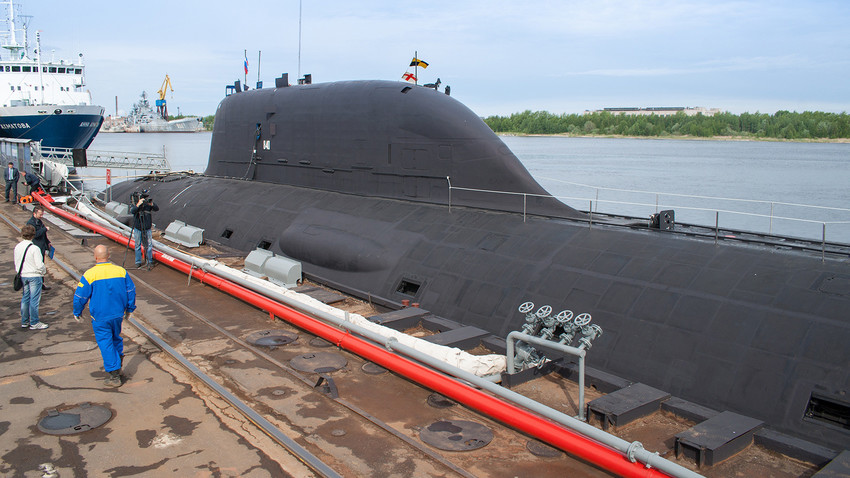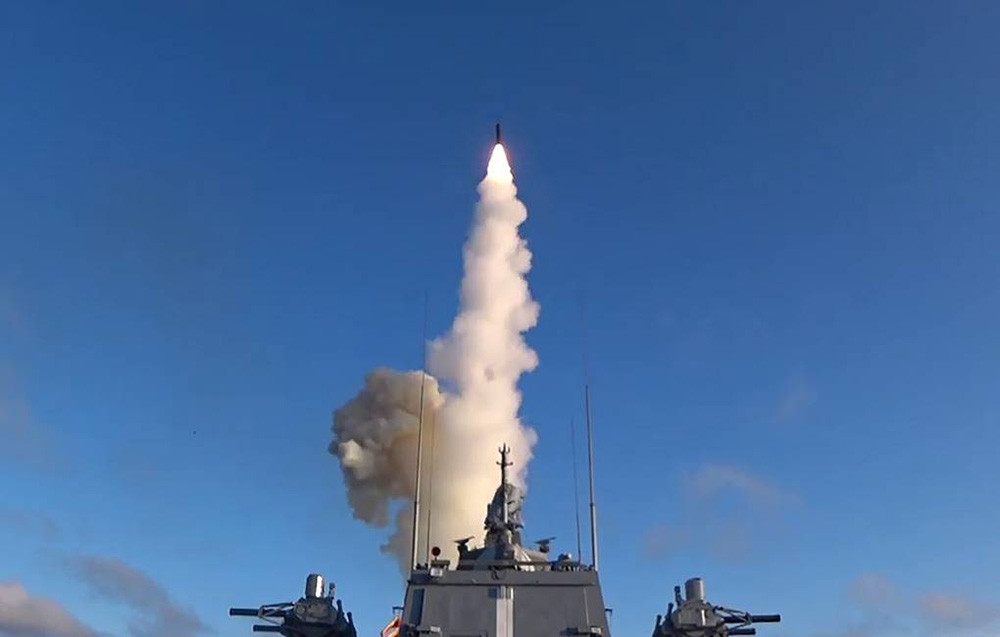Russia to test its first submarine-based hypersonic missiles

The Zircon hypersonic missile has been sent for underwater testing on the Project 885 Yasen-class nuclear submarine, Russian media reported citing sources in the military-industrial complex (MIC).
"As part of the ongoing tests of the Zircon fleet-based missile system, it is planned to fire the hypersonic missile from the Severodvinsk submarine under the water," a source said.
The source clarified that originally Zircon was to be launched from the upgraded Project 885M (Yasen-M) Kazan lead submarine, but the plans were revised due to protracted testing of the vessel.
The precise launch date has yet to be specified. However, according to the MIC source, three or four launches from the frigate Admiral Gorshkov in the Barents Sea are scheduled for this year, after which the missile will be underwater-tested from the Severodvinsk.
The first Zircon tests of 2020 took place in January in the Barents Sea; the missile successfully hit a coastal target from a distance of 500 km.
What is Zircon?

Russia is the first country in the world to develop a weapon capable of flying to the target at more than 2.5 km/s (eight times the speed of sound).
“Zircon is basically the perfect weapon, uncatchable by global air defense systems for the next decade. For comparison, the response time of the most advanced US air defense system, the Aegis, is eight seconds. This is long enough for Zircon to clear the air defense system’s engagement range and successfully destroy the target,” military analyst Dmitry Safonov told Russia Beyond.
Zircon is currently being tested as an anti-ship weapon.
Russia plans to incorporate Zircon hypersonic technologies in other systems too.
Zircon for air defense
According to the military, the next to receive the hypersonic technologies, after navy vessels, will be the S-500 Prometey (Prometheus) air defense system, which will guard the nation’s borders.
The developers are tasked with training these missiles to hit targets at new altitudes in low-Earth orbit (about 100 km above the Earth’s surface). The Zircon system for the S-500 is codenamed 40N6.
The fundamental difference between the two systems is the latter’s new homing head, with which the 40H6 can independently locate, lock onto, and destroy a near-space target. And instead of search and guidance being radar-integrated like before, the missile will handle these tasks itself as it flies beyond the reach of Earth-bound radar systems.
If using any of Russia Beyond's content, partly or in full, always provide an active hyperlink to the original material.
Subscribe
to our newsletter!
Get the week's best stories straight to your inbox